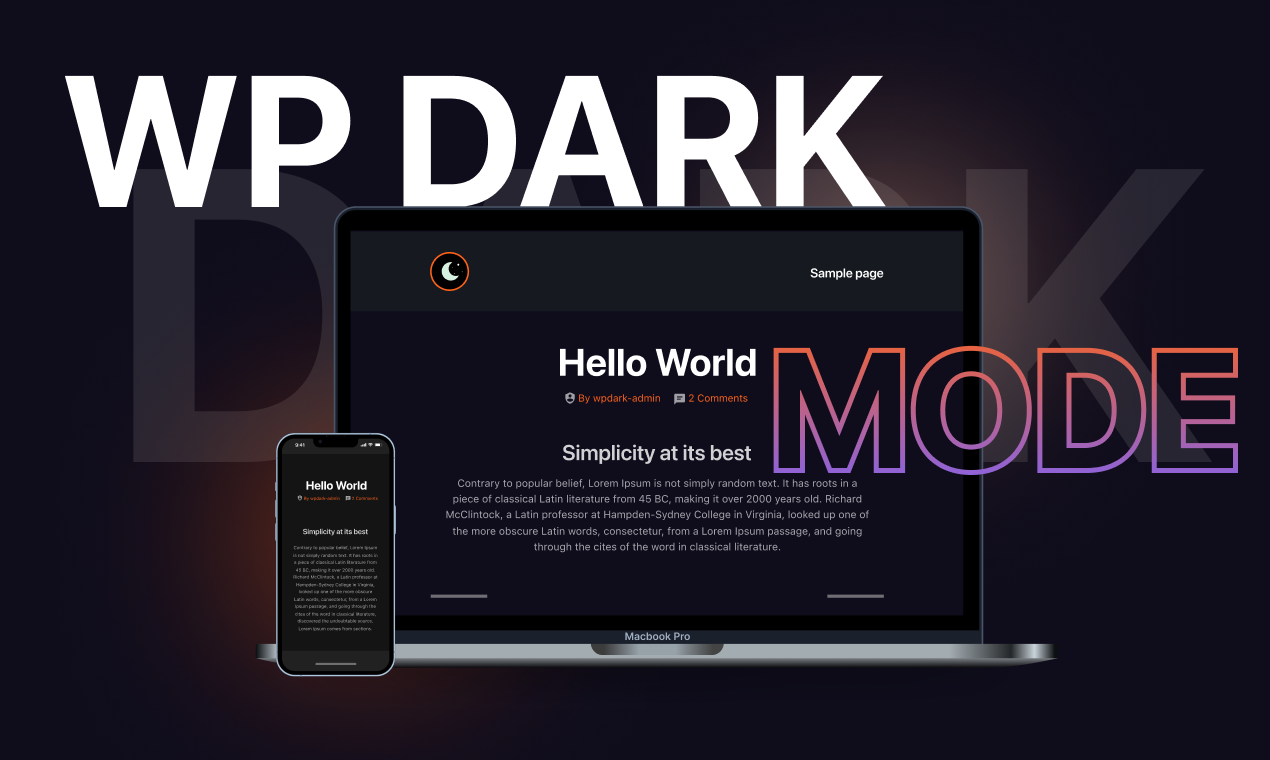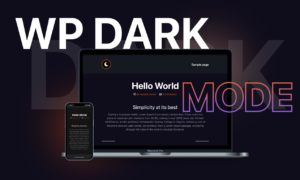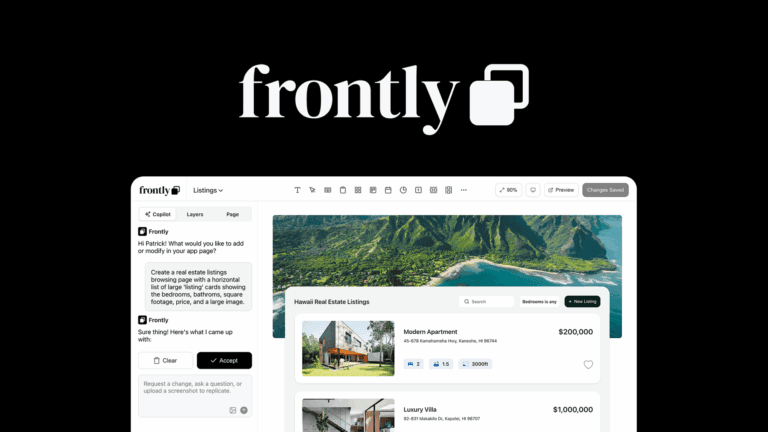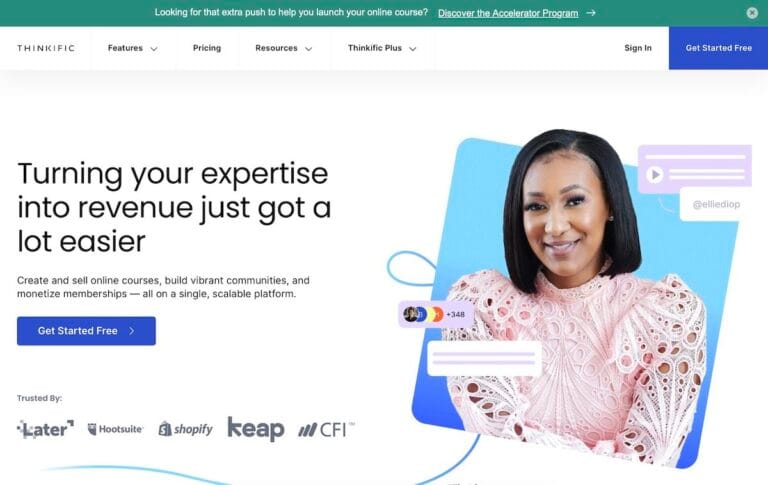The Digital Dilemma: A Website Owner’s Journey
I never thought a simple color scheme could transform my entire online presence. Like many digital entrepreneurs, I was struggling with user engagement, high bounce rates, and the persistent challenge of creating an intuitive website experience that truly connected with my audience.
The Mounting Challenges
My content was solid, my design seemed professional, but something was missing. Visitors would arrive, scan briefly, and disappear. Analytics showed alarming bounce rates, and user feedback consistently mentioned eye strain and visual fatigue. In the competitive digital landscape, I knew I needed a solution that went beyond traditional web design.
A Surprising Discovery
One late evening, while researching user experience design, I stumbled upon a concept that would change everything: adaptive interface design. The idea was simple yet revolutionary – create a website that intuitively adapts to user preferences and environments.
Implementation and Initial Skepticism
When I first integrated the dark mode plugin, I’ll admit I was skeptical. Would this really make a difference? The implementation was surprisingly straightforward. Within minutes, my website transformed, offering a sleek, modern interface that automatically adjusted based on user device settings.
The results were remarkable. User engagement metrics began to shift dramatically. Visitors were spending more time exploring my content, and the visual comfort seemed to create an almost subconscious connection. The plugin wasn’t just a design feature; it was a user experience enhancement.
Key Observations
What impressed me most were the nuanced capabilities:
– Automatic adaptation to different operating systems
– Seamless integration with existing design elements
– Customizable switch placements that felt natural and unobtrusive
The dark mode wasn’t just about reducing eye strain—it was about creating a more inclusive, user-centric digital environment. Visitors could now customize their viewing experience without complex settings or manual adjustments.
Beyond Aesthetics: Real-World Impact
The most significant change wasn’t just visual. My website began to feel more accessible, more considerate of user needs. The dark mode option signaled to visitors that I cared about their experience, not just my content.
A New Perspective on Digital Design
What started as a simple design enhancement became a fundamental shift in how I approached website development. It wasn’t about following trends, but about creating genuinely user-focused experiences.
The Broader Implications
For digital creators, bloggers, e-commerce platforms, and content managers, this was more than a plugin—it was a philosophy. It represented a move towards more adaptive, responsive digital experiences that prioritize user comfort and engagement.
Looking Forward
As digital interfaces continue to evolve, tools that prioritize user experience will become increasingly critical. What seemed like a minor design choice has opened my eyes to the importance of intuitive, adaptive digital environments.
My website is no longer just a collection of pages—it’s a dynamic, responsive platform that speaks directly to user preferences and needs. And in the competitive digital landscape, that makes all the difference.






